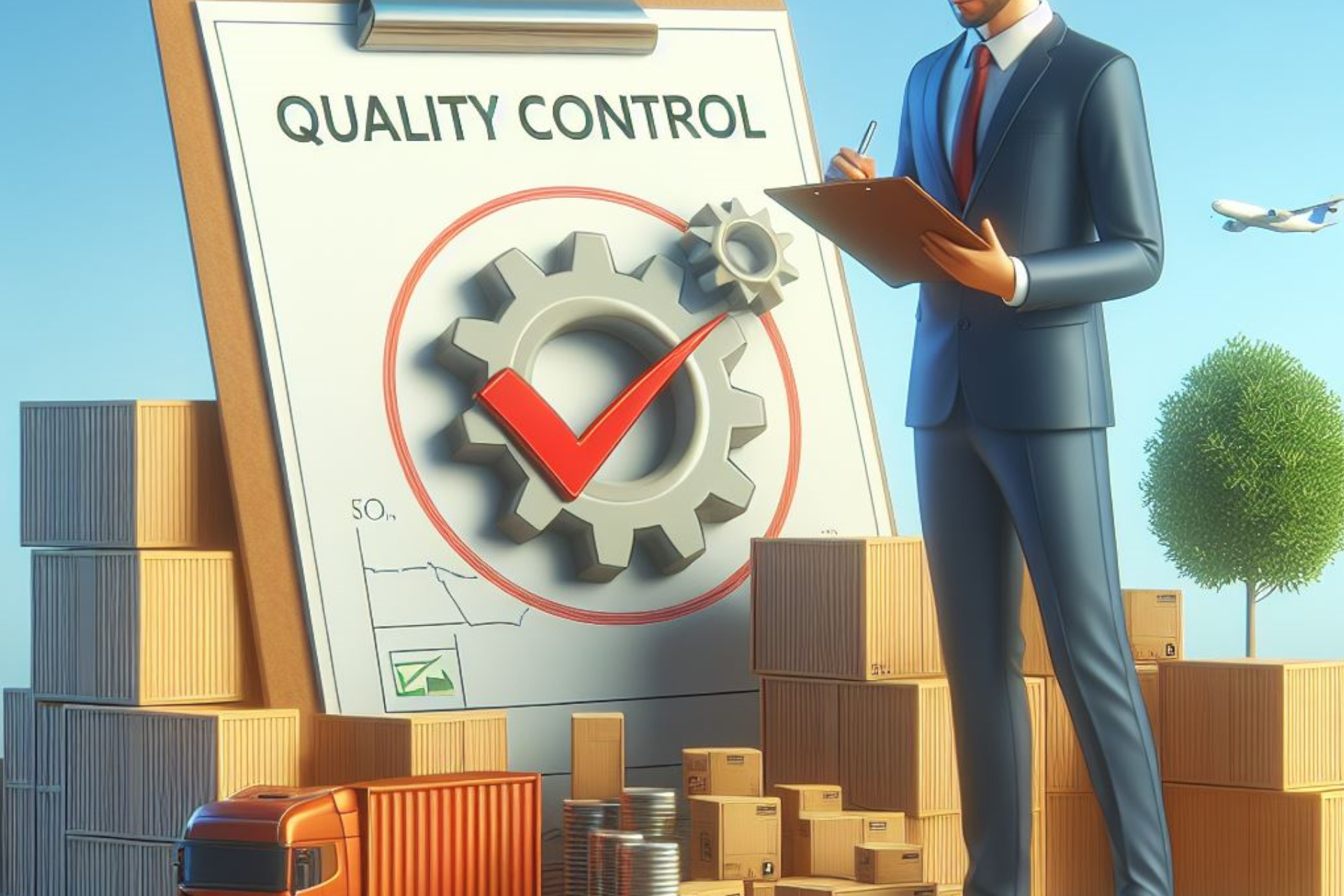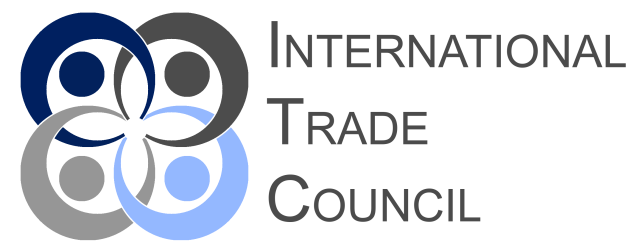Creating a successful export pricing strategy necessitates a deep awareness of your costs, extensive market research, a defined pricing aim, and the adaptability to changes in the worldwide marketplace. By taking these aspects into account and following the procedures mentioned in this article, you can develop a competitive and lucrative pricing plan that will help your export business succeed. Keep in mind that maintaining a good export pricing strategy is an ongoing process that necessitates constant monitoring and adjustment to guarantee your rates stay appealing and profitable in the ever-changing world of international trade.
Understand Your Costs
Before you can design an export pricing strategy, you must first understand your entire costs. These include not only the direct expenses of creating your goods (materials, labor, and production overhead), but also the indirect costs of exporting, such as shipping, insurance, customs charges, and taxes. Make careful to account for any extra costs associated with overseas trading, such as currency conversion fees, product adjustments to comply with foreign standards, and the costs of getting export papers.
Conduct Market Research
Understanding the competitive landscape and spotting price possibilities need thorough research of your target markets. Collect data on the costs of comparable products in your target markets, and examine the elements that may influence consumer preferences and purchase behavior, such as cultural, economic, and political issues. Understanding these criteria will assist you in establishing a competitive price that will appeal to your target audience.
Determine Your Pricing Goal
Your pricing aim will guide your export pricing strategy and assist you in making informed pricing selections for your items. Common price goals include:
- Market penetration: Setting lower pricing to entice clients and swiftly increase market share is known as market penetration.
- Market skimming: Setting higher pricing in order to maximize earnings from early adopters or clients who are less price sensitive.
- Cost-plus pricing: Pricing based on the cost of manufacturing plus a desired profit margin is known as cost-plus pricing.
- Value-based pricing: Setting prices based on the perceived value of your product in the eyes of your target clients is known as value-based pricing.
When determining your pricing aim, consider your business goals, target market, and competitive landscape.
Set Your Export Prices
You can set your export prices if you have a clear understanding of your costs, market research, and pricing objectives. Remember that your rates may need to be altered for different markets due to considerations such as local competition, taxes, and regulations. In some circumstances, offering varied pricing structures, such as bulk discounts, seasonal pricing, or promotional pricing, may be important to attract clients and remain competitive.
Monitor and Adjust Your Pricing Strategy
It is critical to constantly monitor and analyze the effectiveness of your export pricing plan. Analyze your sales statistics, customer feedback, and market trends to see if your pricing strategy is helping you meet your business objectives. Be ready to make changes as needed, whether in reaction to changing market conditions, cost fluctuations, or changing client preferences.
Related Information





























































